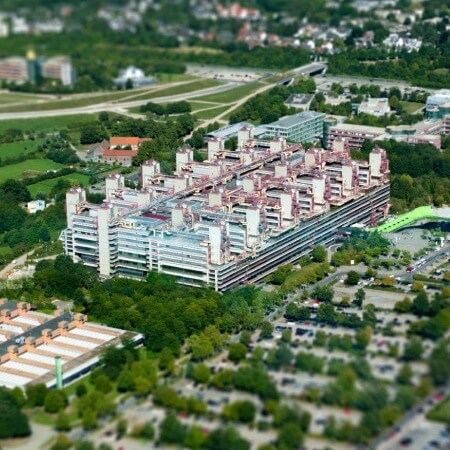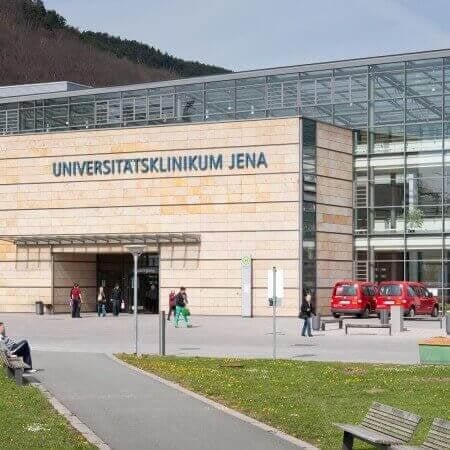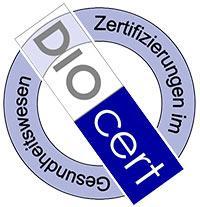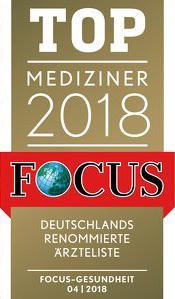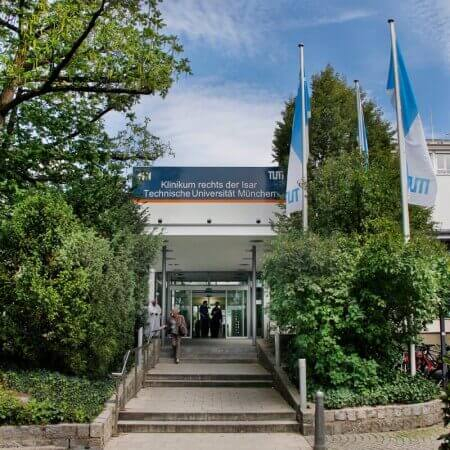About the disease
Facelift is a plastic surgery, aimed at removing wrinkles, smoothing sagging skin and improving nasolabial folds. Facelift also diminishes the aging signs by demolishing the underlying muscles under the chin and reallocation higher the skin of the neck to make face look younger. The most appropriate age to do a facelift is 50-60 years, when only the facial and neck features begin to be fully subjected to the aging process. In that age the high elasticity level of the skin and bone structure are still preserved, and in this period it is beneficial for a woman to make an investment in her future face. The operation can be repeated after 7-10 years if necessary. The surgeon can also restore the contour line of the lower jaw and the chin-neck angle. Facelift first appeared in 1970 and this procedure provoked a revolution in the plastic surgery. For the facelift surgeons use general anesthesia (inhalation anesthesia). Lifting of the individual areas is usually performed under the local anesthesia.
The procedure is forbidden in case of:
- Infectious diseases
- Oncological diseases
- Blood clotting disorders
As age progresses, the skin layers become more and more thin. The person`s complexion deteriorates, facial contours are changing,the wrinkles of the middle forehead are deepening, chin and cheeks begin to droop. The skin loses its elacticity due to the lack collagen and elastin fibers. Plastic surgery is most often used for the servic-fascial lift of the neck or of the frontal parts of the face (the temporo-frontal endoscopic lift). facelift may be done in combination with the elimination of "double chin", which usually appears by the age of sixty. For best results, surgeons combine the facelift with peeling procedures (to clean the upper cells of the skin), injection therapy and eyelid surgery (blepharoplasty), the nose surgery (rhinoplasty) or ears surgery(otoplasty).
Symptoms
Experts recommend to undergo the procedure if the patient experiences such signs as:
- Drooping eyelids
- Falling out of the corners of the eye
- Deep nasolabial folds
- "Double chin"
Diagnosis
The necessity for facelift is determined during general examination.
Treatment
- Mesotherapy. This type of lifting uses needles and medicine to improve the skin structure. With the right technique, the traumatic effect of the needle leads to aseptic inflammation, which encourages the production of hormones, responsible for vigor and elasticity of the skin, its hydration, improved innervation and blood supply. The complexion of the person after the mesotherapy, consequently, improves.
- Hand massage. Special techniques of manual massage cal also be effective. Under the influence of hand massage the skin is continually freed from the accumulated dead cells. Hand massage dilates blood vessels, increases perspiration, kills toxins, normalizes the activity of sebaceous glands and tissues. Skin becomes more resilient to such changes in the environment, as sun exposure, dust and wind.
- Vacuum massage. This mechanical massage makes the person relax and facial contours tighten at the same time.
- Exposure to ultrasound. Ultrasound can have lifting effect, which makes small wrinkles disappear completely. As for the deep wrinkles, they do not dissapear, but become less noticeable.
- Myostimulation. Myostimulation normalizes muscle tone by activating microcirculation, which makes skin look tighter.
- Laser resurfacing diminishes the surface layer of skin with all the wrinkles and age spots. In addition to the renovation of the surface layers, laser also urges the colagen to work more productively.
- Photorejuvenation is a non surgical face lift of the skin which allows the doctor to correct the nasolabial folds, deep wrinkles on the forehead and dark lines under the eyes. Photorejuvenation is a powerful beam of light aimed at the surface and deep layers of the patient`s skin. This beam causes the synthesis of collagen and elastin, thus producing a pronounced and lasting up-lifting effect. Photorejuvenation can also remove pigmented and vascular lesions of the skin.The cause of these formations can be a variety of factors: the constitutional-genetic features, hormonal dysfunction, somatic diseases, excessive sun exposure, adverse environmental factors and bad lifestyle habits. Photorejuvenation allows to break large particles of pigment into smaller fractions. The light of the beam heats and destroys the pigment cells without affecting the surrounding tissue.
- Mini facelift is similiar to a usual plastic surgery with the exception that the doctor does not lift the neck.
- SMAS facelift pulls the cheeks back into their normal position. Sometimes the patients also wish to have the correction of cheekbones done by this operation.
- Endoscopic facelift does the same functions with the exception that surgeon uses an endoscope, transmitted through the hairline.
- Thread facelift uses the thread to lift the eye corners and ears, It is a minor procedure, which can be done under the local anesthesia.
- Macs facelift has the smallest incision and does not leave scars. It is more preferable to usual procedure, as it does not damage the nerves.
- Endotine facelift corrects the midface - cheeks and nose.
Authors: Dr. Nadezhda Ivanisova, Dr. Sergey Pashchenko
